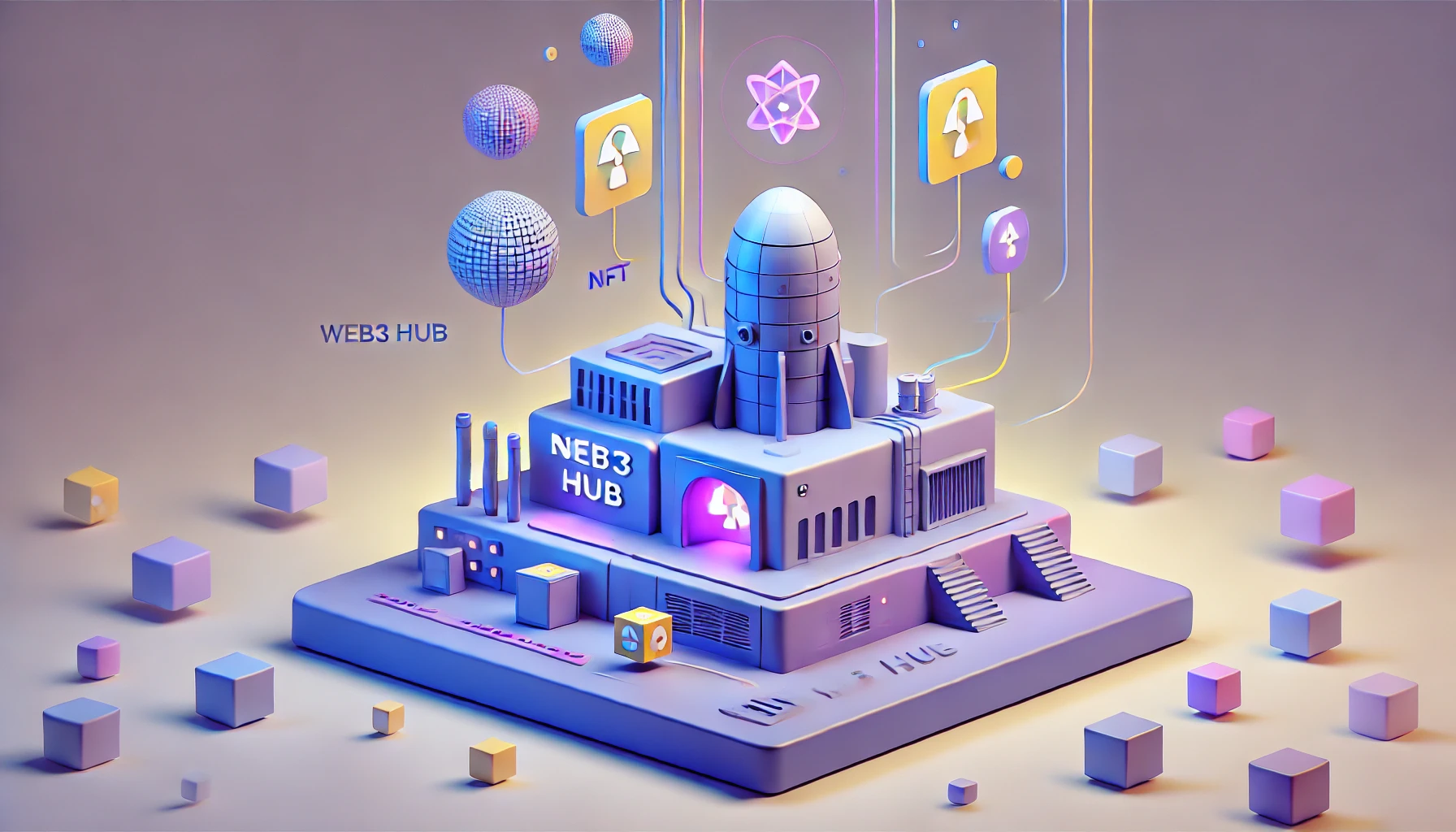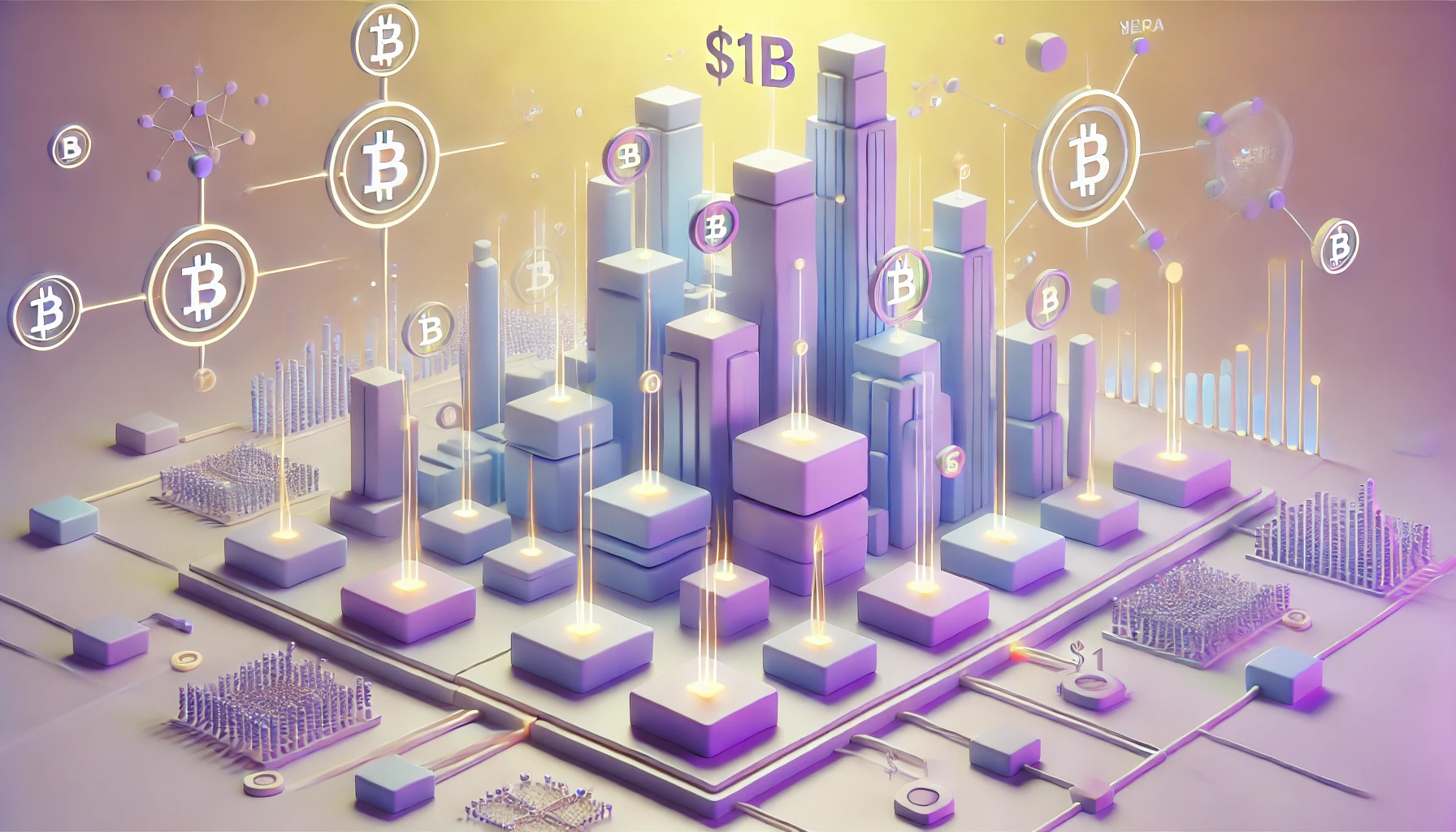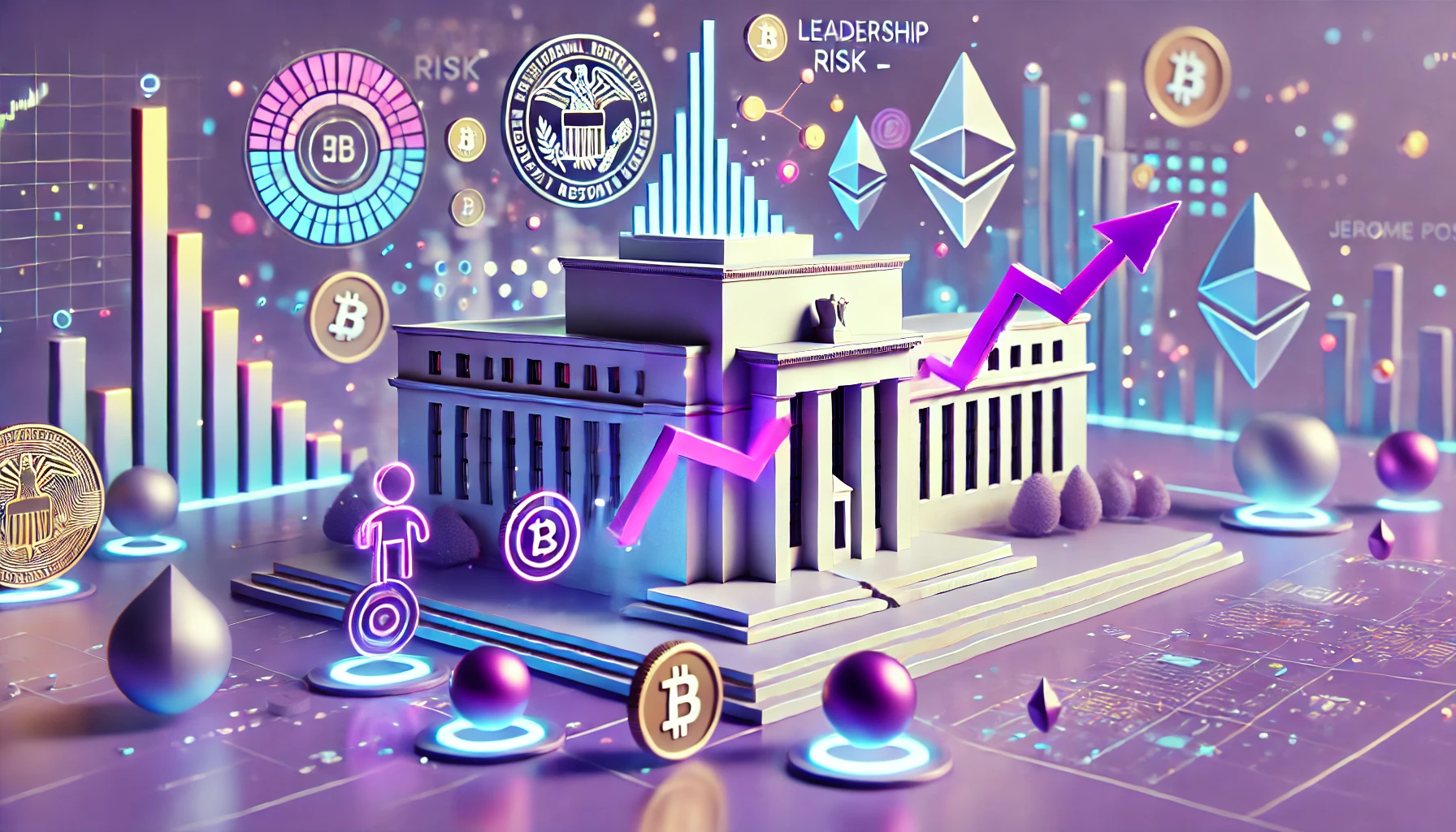Blockchain tokenization is an innovative concept that is transforming the way we understand and exchange assets in a digital environment. Whether in finance, real estate, art or even commodities, tokenization creates new investment and liquidity opportunities. In this article, we offer you an in-depth exploration of blockchain tokenization by detailing its definition, how it works, its advantages and its multiple concrete applications through specific examples.
What is Blockchain Tokenization?
Blockchain tokenization refers to the process of converting a physical or digital asset into a token, which is then recorded and managed on a blockchain. A token is a unit of value that represents a specific asset. Unlike a traditional asset, a token is fully digital and can be transferred securely to a blockchain platform, a decentralized technology that ensures the immutability and transparency of transactions.
The blockchain, which is a distributed ledger, allows multiple participants to have access to the same database without the need for a central intermediary. When an asset is tokenized, each fraction of the asset becomes a token that can be traded on that blockchain. For example, a property can be divided into multiple tokens representing a fraction of the ownership, allowing multiple investors to acquire a share of it.
Blockchain: The Core Technology
Before diving into the detailed workings of tokenization, it is important to have a good understanding of blockchain, which is the underlying technology behind this phenomenon.
Blockchain is a distributed ledger technology that records transactions securely and transparently. Each record is called a “block” and is linked to the one before it, creating a “chain” of blocks. These blocks are validated by a network of users called nodes, ensuring the integrity and security of all data. Transactions recorded on the blockchain are immutable, meaning that once they are validated, they cannot be changed.
This decentralized system is one of the main advantages of the blockchain. It does not depend on a central authority, which reduces the chances of fraud and human error.
How Does Blockchain Tokenization Work?
The blockchain tokenization process follows several key steps, which make it possible to transform a traditional asset into a digital token. Here’s how it works, step by step:
- Choose the asset to tokenize
The first step in tokenizing an asset is to define the object or property to be converted into a token. This can be any type of asset, whether physical (such as real estate, art, classic cars, etc.) or digital (such as stocks, bonds, smart contracts).
Let’s take a concrete example: a property located in a popular city such as Paris or New York. Traditionally, the acquisition of a property would require a massive investment, often reserved for institutional investors or wealthy individuals.
- Creation of the tokens representing the asset
Once the asset has been selected, the next step is to divide that asset into small units, called tokens, which represent a fraction of its total value. These tokens are created using the blockchain, assigning each token a value corresponding to the share of the asset it represents.
Let’s take the example of a property worth 1 million euros. This good could be divided into 1 million tokens, with each token having a value of 1 euro. This allows several investors to buy fractions of the property, depending on their financial means.
- Token registration on the blockchain
The tokens are then recorded on a blockchain, which ensures the security, transparency, and immutability of transactions. When an investor buys a token, the transaction is transparently recorded on the blockchain, and the owner of the token is officially registered.
The benefits of recording on the blockchain are manifold. Data security is enhanced through decentralization, and traceability is ensured by the immutability of the blockchain. Every transaction is visible to all participants in the network, preventing any attempts at fraud or manipulation.
- Management via smart contracts
Smart contracts are autonomous programs that execute actions when a predefined condition is met. In blockchain tokenization, smart contracts are used to automate the management of tokens. For example, when someone buys a token, a smart contract can automatically transfer ownership of the token to the buyer, without the need for an intermediary.
These smart contracts are programmed to execute transactions autonomously, ensuring smooth and fast exchanges. This reduces the need for intermediaries and minimizes the chance of human error.
Benefits of Blockchain Tokenization
Blockchain tokenization offers several major advantages over traditional asset management methods. Here are the main benefits:
- Improved accessibility
Tokenization makes investments more accessible. In industries like real estate, tokenization allows small investors to acquire a share of assets previously reserved for an elite. For example, by tokenizing a property, it becomes possible for an investor with a more modest budget to acquire a fraction of this property, by buying tokens representing a part of the property.
Case in point: The RealT project allows small investors to buy fractions of tokenized buildings. For example, a building in Detroit was tokenized and put up for sale in fractions of $50. This allows people who do not have several hundred thousand dollars to invest in real estate in a fractional way.
- Security and transparency
Thanks to the blockchain, every transaction is recorded in a secure and immutable way. This reduces the chances of fraud and ensures full transparency of token movements. Additionally, the blockchain’s node consensus technology ensures that all transactions are verified by the network before being validated, ensuring their authenticity.
Case in point: A real estate transaction on a platform like Propy, which uses blockchain to secure exchanges, is validated in real time, and all information is accessible on the blockchain, ensuring full transparency.
- Reduction of costs and intermediaries
Tokenization significantly reduces transaction costs. Indeed, there is no longer any need for intermediaries such as notaries, real estate agents, or banks to carry out transactions. Smart contracts automate many steps, eliminating the fees and delays often associated with traditional transactions.
Case in point: In a traditional real estate sale, notary and agency fees can represent up to 10% of the sale price. Thanks to tokenization, these fees are reduced, as the transaction is handled directly on the blockchain.
- Increased liquidity
Tokens can be traded instantly on blockchain platforms, making the assets more liquid. For example, an investor can sell or buy tokens representing real estate, artwork, or stock with just a few clicks, which is much faster than in traditional systems.
Case in point: If an investor wants to sell their tokens representing a share of a tokenized property, they can offer them immediately on a platform like OpenZeppelin or RealT, allowing for a quick sale at no additional cost.
Concrete Applications of Blockchain Tokenization
Blockchain tokenization is used in many industries, making it a versatile technology. Here are some of its most common applications:
- Real Estate
Real estate tokenization is one of the most popular applications of blockchain. Companies like RealT and Propy have demonstrated the effectiveness of tokenization in this sector by allowing many investors to acquire shares in real estate. This makes real estate investment more accessible and liquid.
- Art and collectibles
Tokenization allows collectors and investors to acquire fractions of works of art. Platforms such as Maecenas allow investors to buy tokens representing shares of famous works. For example, a Picasso painting can be tokenized, and investors can buy a fraction of that painting without having to buy the entire work.
- Raw materials
Commodities like gold or oil can also be tokenized, allowing investors to buy fractions of these goods without physically owning them. This allows for greater liquidity in markets that are often considered to be difficult to access.
- Decentralized Finance (DeFi)
In decentralized finance, tokenization makes it possible to represent financial assets such as stocks, bonds, or stock indices in the form of tokens. These tokens can be traded, loaned, or used as collateral in platforms like Compound or Aave.
Conclusion
Blockchain tokenization is a promising technology that offers undeniable benefits in terms of accessibility, security, cost reduction, and increased liquidity. It is transforming industries like real estate, art, and finance by allowing investors to access fractional assets and make transparent and secure transactions. As blockchain and smart contracts develop, tokenization may well become a key tool to redefine the way we invest and trade goods and services in the future.














